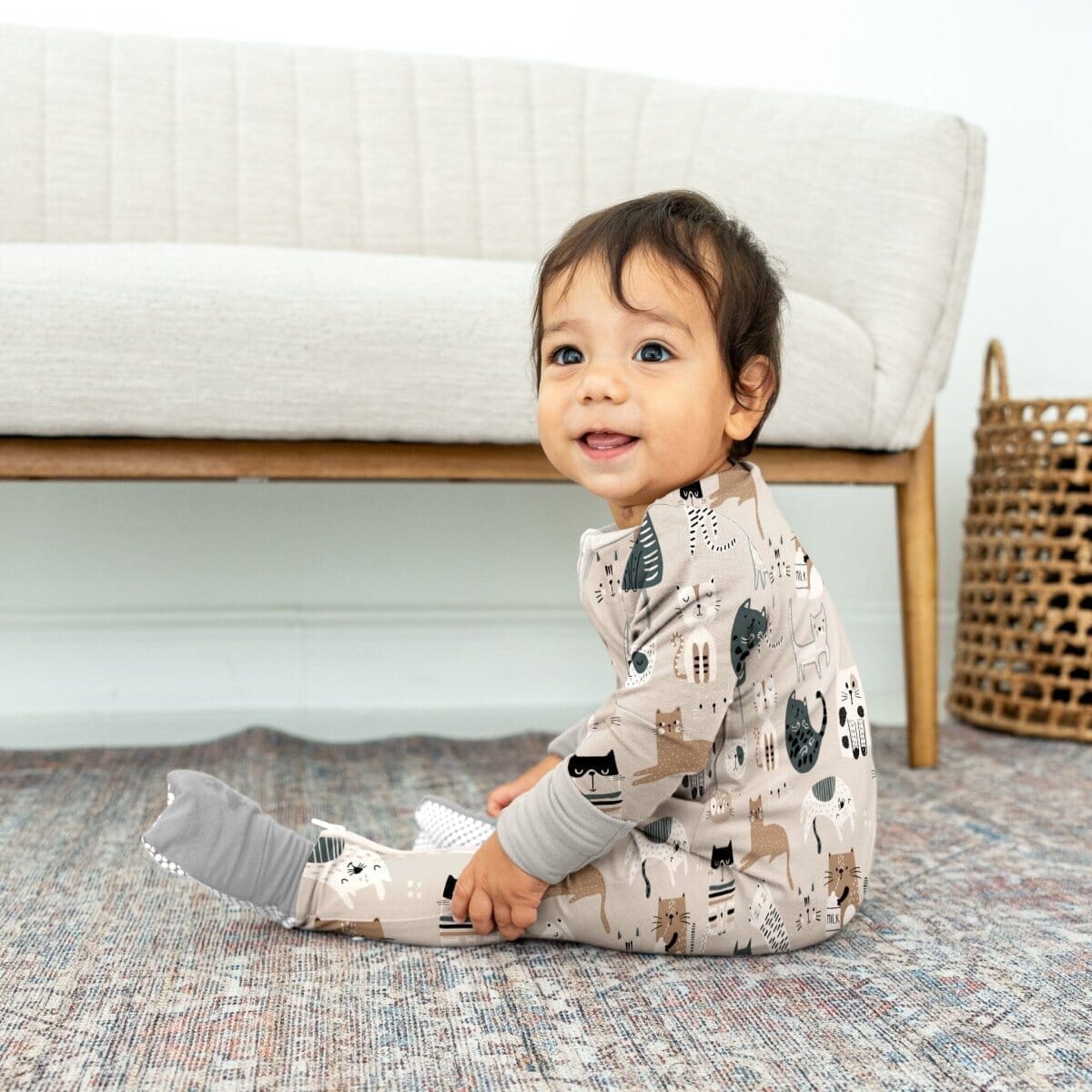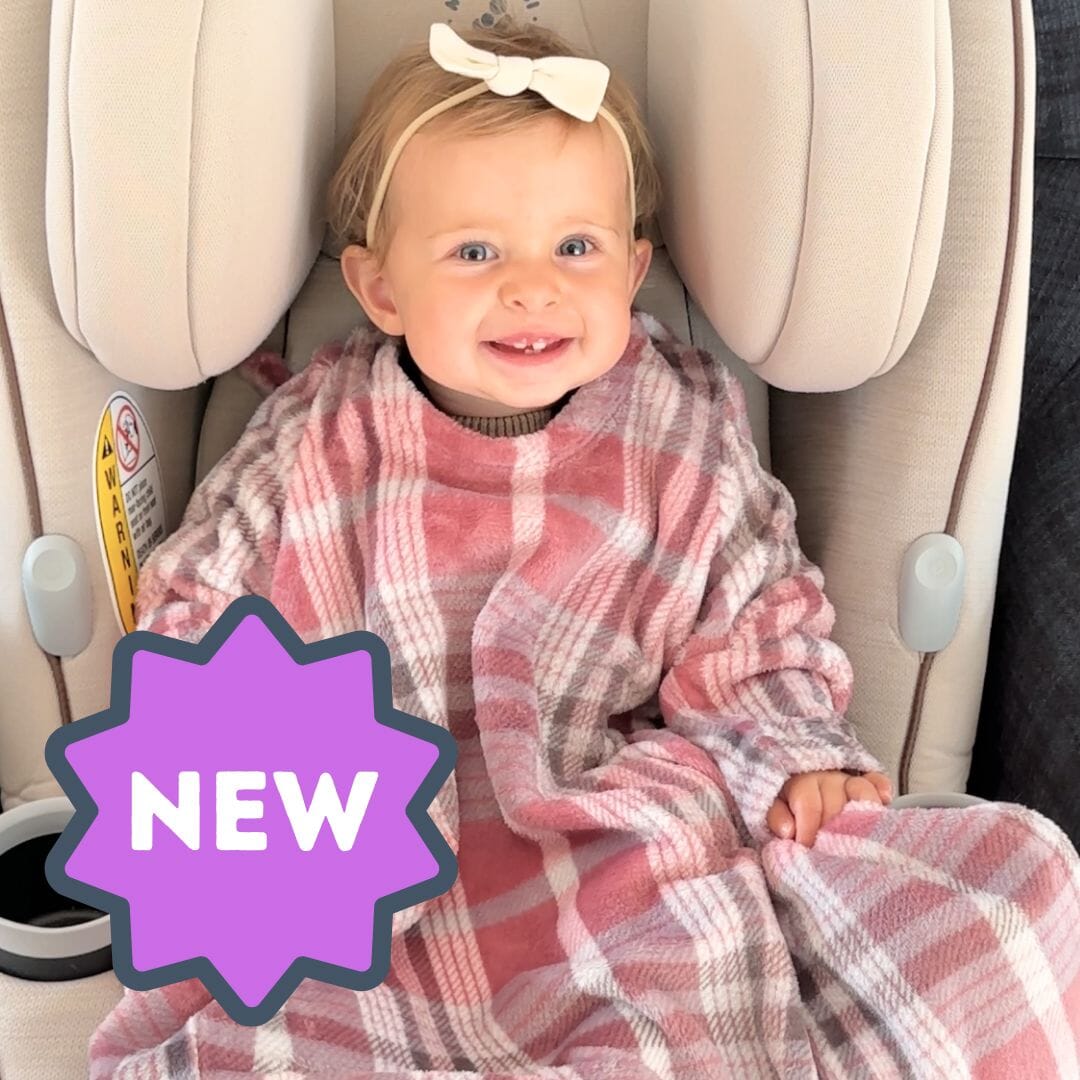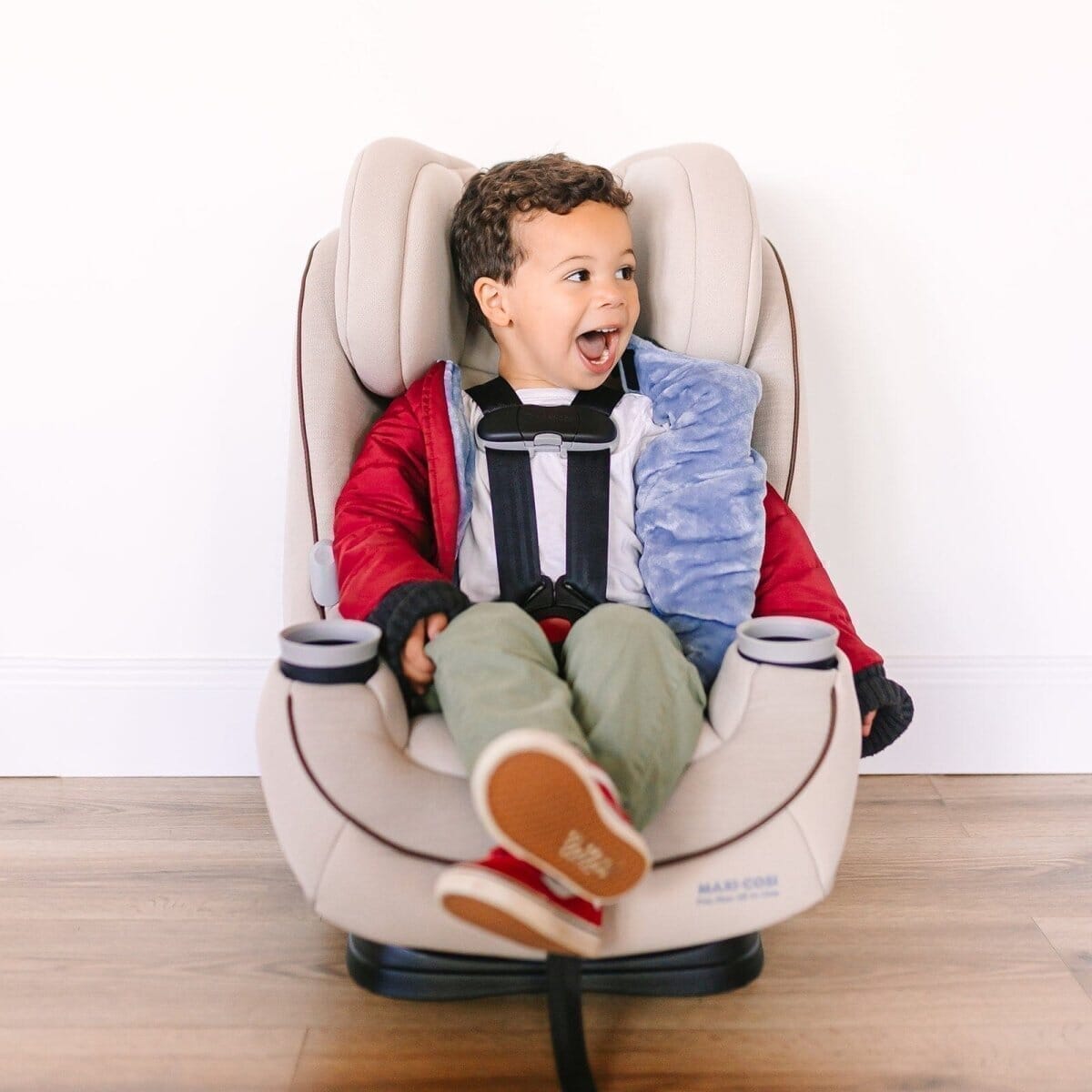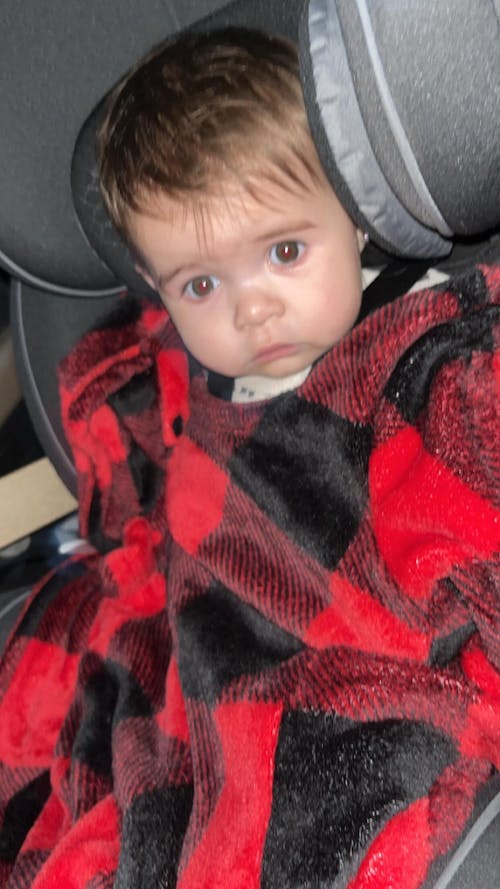

· By Barbara Digirolamo
Don't Forget Car Seats During Safe Sleep Month

It's safe sleep month and important to note that in at least the first year of life, sleeping in the car seat outside of the car for long periods of time is not safe.
In general, babies under 1 should not be kept in their car seat for an extended period, especially if unsupervised.
This is because in the first year, babies’ heads are large and easily fall forward. Babies have low muscle tone and incomplete control making it difficult for them to lift their heads back up.
This position can make it challenging to breathe and in the most severe cases, a baby can die due to asphyxiation.
Additionally, sitting in the seat too long can put strain on the baby’s developing spine. It is important to remove the child from the seat right away when you arrive at your destination and place them in a safe sleep environment for the remainder of their sleep.
While on the topic here are a few more common misuse problems seen in car seats and how to prevent them.
The seat is not tightened properly and is too loose
Typically a loose seat is due to either the lower anchors are not tight enough or the seatbelt was not locked off correctly. These are very common mistakes and are simple fixes. If using a seatbelt, make sure you pull the belt all the way out so that when you feed it back into the retractor it makes a clicking noise. This way the seatbelt is locked, and it will not loosen once you tighten the seat.
When tightening the seat, make sure to place a hand in the seat and apply pressure
down to ensure the straps get adequately tight. The seat should not move more than
one inch side to side or front to back when you pull at the belt path (where the lower
anchor straps or seat belt contact the seat. It is important to note that with rear facing
seats, if you pull at the head of the seat, it will likely move, so you must be sure to test
the tightness of the seat at the belt path.
The child is not buckled correctly.
This can take many forms, but some of the most common include:
- Straps are twisted
- Straps are not tight enough
- Chest clip is not in the right place
- Pieces of the buckles missing or not being used
It is important that the straps of the harness lay flat and not be twisted because it can lead to
the straps not being secured properly and not doing their job in the event of an accident.
Straps should also be tight enough that when you try to pinch the strap at the top of the
child’s shoulder you cannot pinch it in half, and it slips through your fingers. The chest
clip should be placed at the child’s armpit level after the straps are tightened. If you
adjust the clip and then tighten the straps, the clip will end up in the wrong position.
Lastly, you want to make sure that all the parts of the buckles are present and in working
condition. If any pieces are missing or broken, you will have to replace them through the
original manufacturer of the seat.
Top tether is not being used
For forward facing seats with a 5-point harness, there is a top tether that goes behind the seat to prevent it from tipping forward. If you have a forward-facing seat with a 5-point harness, double check that the top tether is there and secured. This anchor can typically be found behind the headrest in a sedan and behind the back of the seat for SUVs and minivans. Refer to your car manual for specifics on where to locate these anchors.
Accessories not approved or provided by manufacturer
Using unapproved accessories in or around the seat is one of the most common misuse issues we see and it is one of the hardest to get people to change. Some examples of these accessories are mirrors and cameras that attach to the headrest or other parts of the car, window shades that clip on, seat inserts, toys or mobiles, etc. All these items can become
projectiles in a crash and can do a lot of damage to the passengers in the car.
Additionally, all are a distraction for the driver, especially the mirrors and cameras, which
can increase the chances of a crash.











